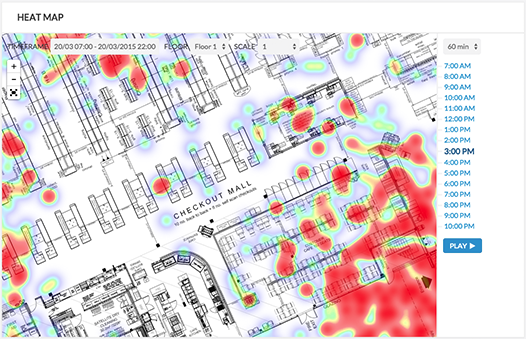The Future is in Customer Engagement
The 2018 version of the NRF Big Show is well in the rear view mirror, and we’ve all had time to reflect upon it. The trade show has not evolved much on the surface, although it has grown over the years. The usual big booths were… big. And crowded. The talking points have changed dramatically, and that is where the nuggets of insight lay. It became apparent to me that the so-called retail apocalypse is in reality more of a retail evolution, and that the evolution will most certainly be fueled by technology that drives customer engagement.
Since retuning from New York, thoughts of what the future holds for retail have distracted me. Most of us take it as a given that the in-store experience has to embrace, yet go beyond the online experience. It does no one any good to be “omnichannel” if the most capital intensive of those channels, the store, offers little more than the ability to take your purchase home immediately. If it does not engage, delight and appeal to each shopper on their own terms, survival may be at stake. The demise of various chains and historic retail brands stand as a testament to that reality. One retail channel is growing and evolving, and may be facing an existential challenge of its own in coming years.
In an article that appeared in Chain Store Age, Marianne Wilson explored the continued growth of convenience stores, once just a place to gas up, grab a six pack and a lottery ticket and perhaps some emergency milk or butter. Quietly, the sector has evolved, driven in large part by fresh food, dramatic beer caves, and elaborate coffee stations. The modern convenience store has embraced some technology around digital menu boards and order entry kiosks for freshly prepared foods. Both of these have made the store itself more “sticky”, more engaging and arguably more efficient. Technology may become even more critical to make the venerable C-Store a true convenience and a destination as their core revenue component undergoes dramatic change. Convenience stores have historically derived about 65% of revenue from gasoline sales. The gasoline forecourt has always been an important attractor to cars and customers. Forward thinking retailers are aware that their days of pumping profits with petroleum are winding down.
Electric vehicles are hitting the road at an exponential rate year-to-year, and it is not just about Tesla. Every major manufacturer is investing heavily in electric. Volvo for one plans to be all electric or hybrid by 2019, and signals are that they won’t be alone. Add to that a growing trend toward car and ride sharing, and it is easy to predict that the biggest draw to the C-store, gasoline, will start to lose its luster. The change certainly will not happen overnight, and decreasing demand will almost certainly drive gasoline prices downward, making combustion engine vehicles more attractive, but change is coming.
For convenience stores, the game will change from luring customers in from the forecourt to attracting them in from the street, and that is a very different challenge. Localized merchandise mix, pricing and customer experience will all play a part in the continued evolution of this format, and that is where technology will have to lead. For convenience store operators now is the time to invest in learning more about their customer, their motivations and paths to purchase. They will have to understand how to optimize average tickets, adjacencies and promotions as well as large-scale grocers and supermarkets, if not better. Like all retailers, they will need to understand the role of the smartphone in a shopper’s journey. Perhaps more importantly, recognizing the presence of those smartphones and how to leverage them to gain valuable insights is critical. Technologies such as Walkbase provide tools for creating 360 degree customer views, understanding demand and driving customer engagement. Equally, this technology leads to understanding how to optimize store layouts, traffic patterns and even staffing. Shelf edge signage, end cap displays, transparent coolers and freezer displays and POS upsell platforms will all become part of an ecosystem informed by data and shopper insights. Partnering with brands that rely upon the convenience store channel to drive sales becomes easier with measurable campaigns driven by technology.
Finding a way to replace the gasoline revenue that is almost certain to decline as cars and consumer behavior change will not be an easy task. Convenience store operators have already begun a dramatic evolution in their format and offerings. Now is the time to integrate technology and sharpen the tools for increased in-store sales.

Heat map of shopper traffic within a store.